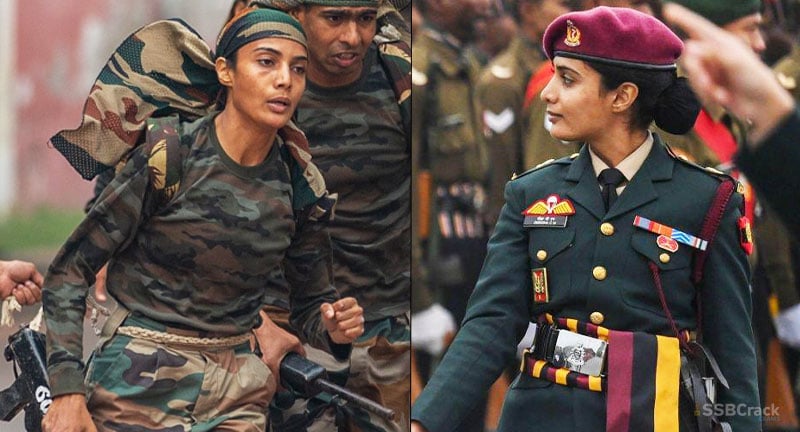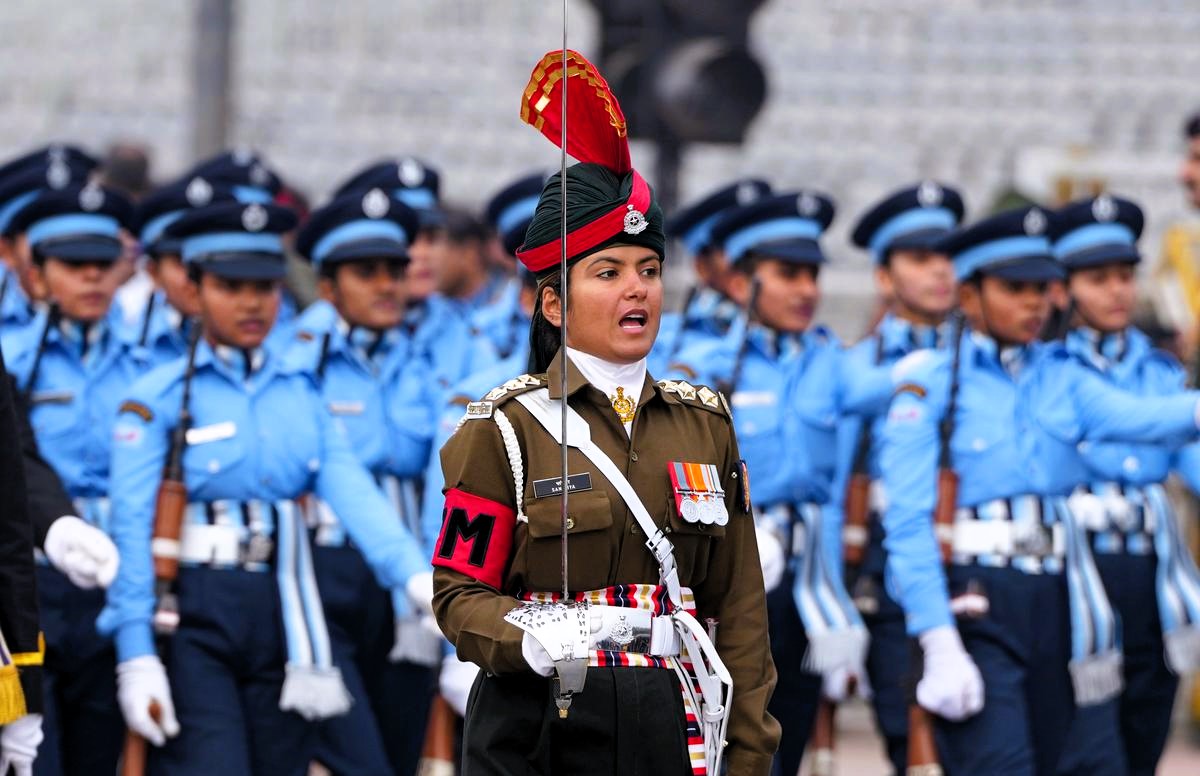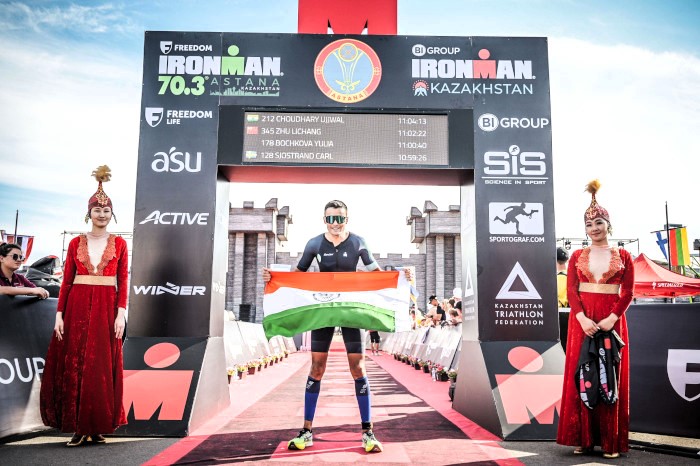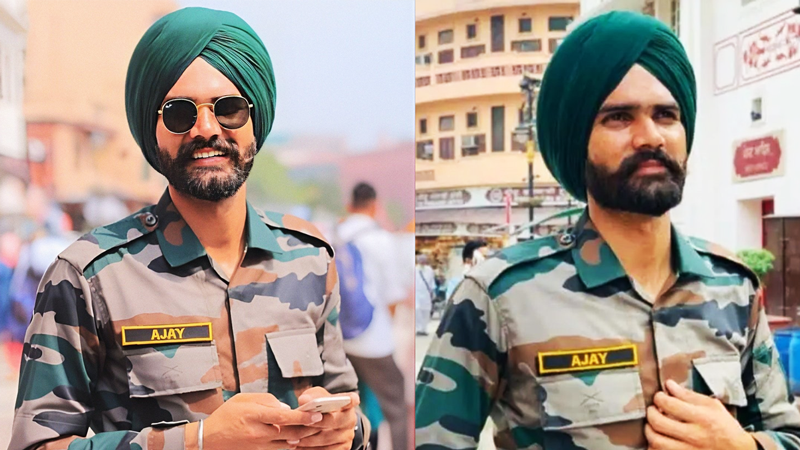Major Deeksha Female Officer Wearing Balidaan Badge Breaks The Internet
In a moment of pride and inspiration, Major Deeksha was spotted wearing the prestigious Balidaan badge during the Republic Day…
Republic Day Parade to be Women Centric
In an unprecedented move, the 75th Republic Day Parade at Kartavya Path on January 26, 2024, will predominantly celebrate women's…
First Army Couple to Lead Together on the Republic Day
In an unprecedented event, Major Jerry Blaize and Captain Supreetha C T are set to create history as the first…
Lt Cdr Ujjwal Choudhary Achieves Top Honors in Ironman Triathlon
In an outstanding feat of endurance and skill, Lieutenant Commander Ujjwal Choudhary of the Indian Navy's INS Shivaji has achieved…
Agniveer Ajay Singh lost his life in a landmine explosion near LoC
Ajay Singh, a 23-year-old Agniveer, tragically lost his life in a landmine explosion near the Line of Control in the…
Squadron Leader Rashmi Thakur to Lead Air Force Contingent in R-Day
In a significant moment for the Indian Air Force (IAF), Squadron Leader Rashmi Thakur will lead the IAF's marching contingent…






